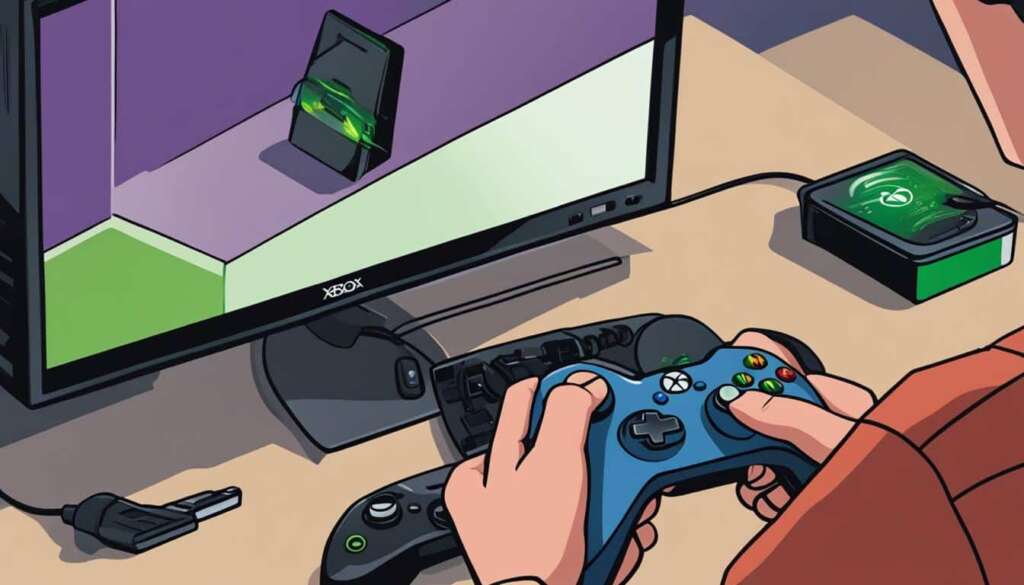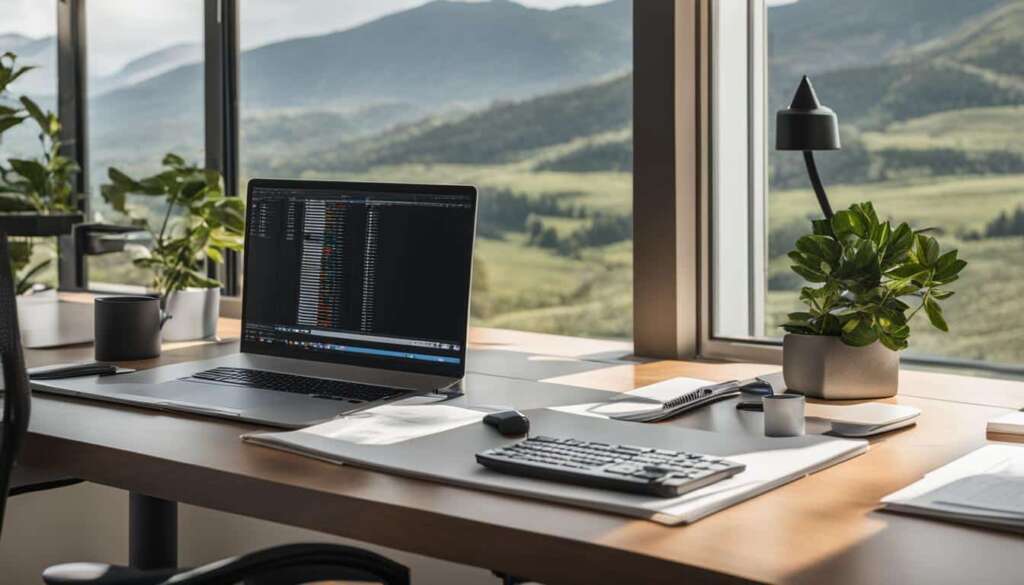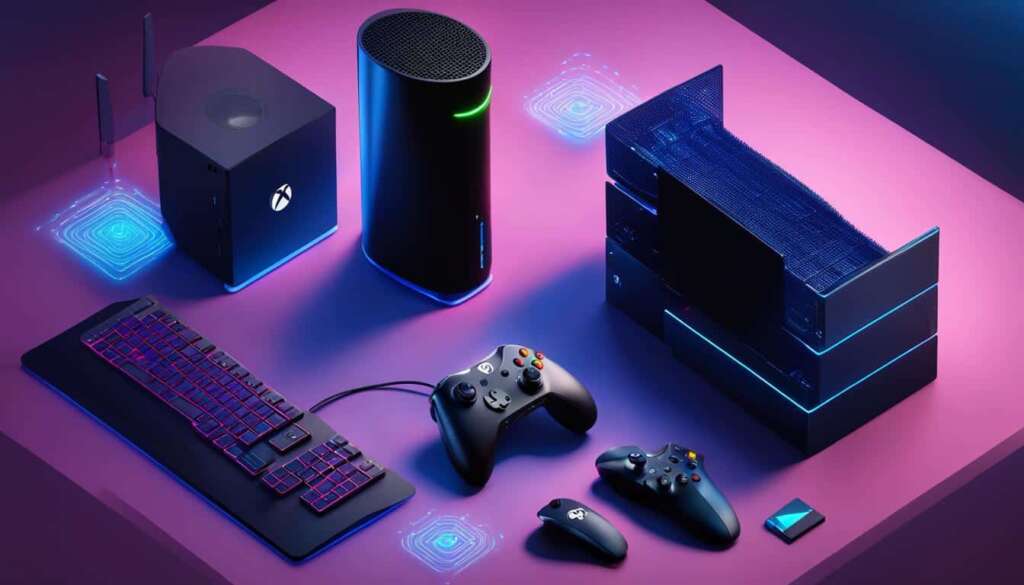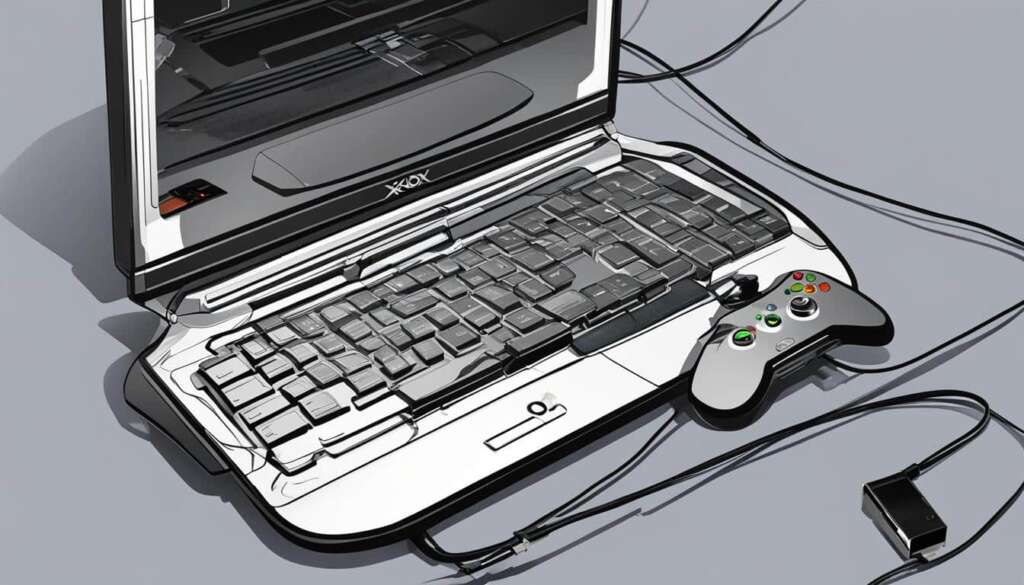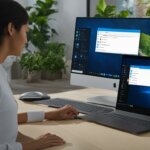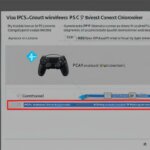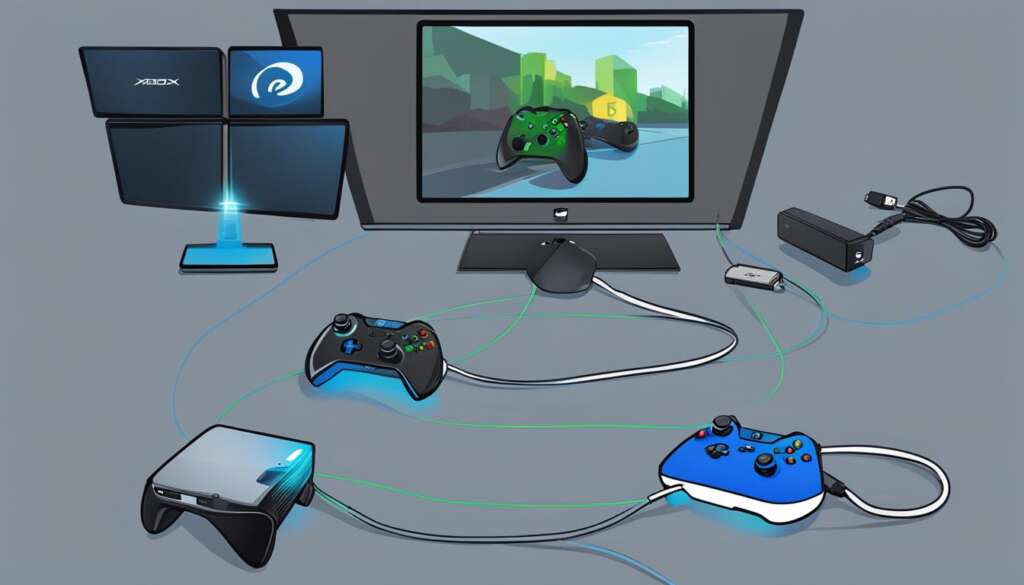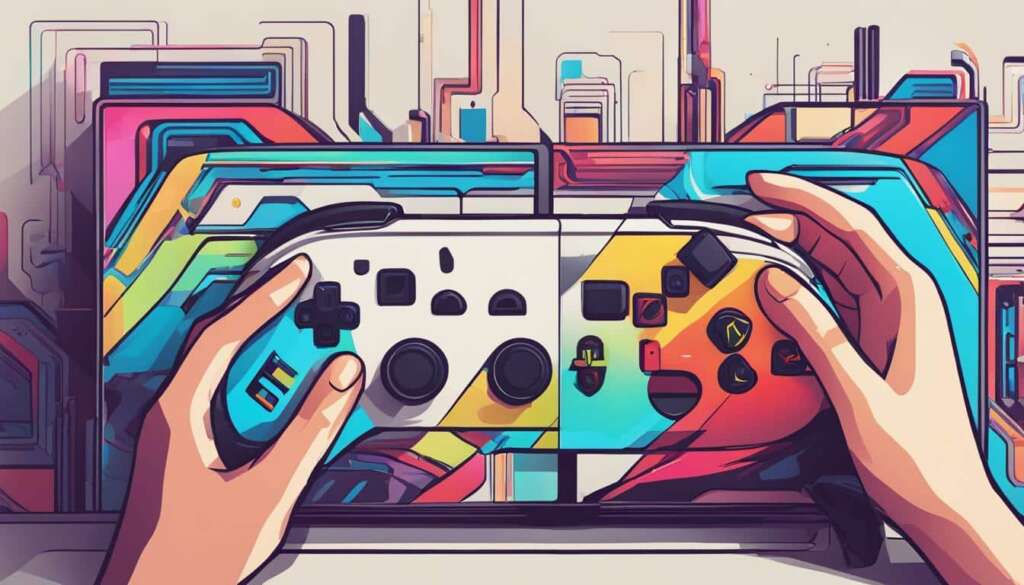Table of Contents
If you’re a fan of gaming on your Xbox console but want to enjoy the same experience on your PC, you’ll be pleased to know that connecting your Xbox wireless controller is a straightforward process. Whether you’re using a Windows PC or a laptop, there are a few methods you can use to establish a connection.
If you prefer a wireless setup, you can connect your controller using Bluetooth or Xbox Wireless. Alternatively, if you prefer a wired connection, you can use a USB cable. In this guide, we’ll explore each of these methods in detail to help you get started.
Before we dive into the different connection methods, it’s essential to ensure that your PC is compatible and ready to establish a stable connection. Let’s get started!
Connect Xbox Controller to PC via USB
To connect your Xbox controller to your PC using a USB connection, you’ll need a mini-USB cable. Simply plug one end of the cable into the port on your controller and the other end into your PC’s mini-USB port.
If your controller still isn’t connecting, try pressing the Xbox button. This will power on the controller and initiate the connection process. Sometimes, a simple button press can resolve any connectivity issues.
If you prefer a longer cable for more comfortable playing, consider getting a longer mini-USB cable. It will provide you with extra flexibility and freedom to sit at a distance from your PC.
| Steps to Connect Xbox Controller to PC via USB |
|---|
| 1. Get a mini-USB cable. |
| 2. Plug one end of the cable into the port on your controller. |
| 3. Plug the other end of the cable into your PC’s mini-USB port. |
| 4. Press the Xbox button on the controller. |
If your Xbox controller is still not connecting after following these steps, ensure that your controller is fully charged. A low battery can affect the connectivity of the controller. Additionally, check if your computer’s Bluetooth is turned on, even if you’re using a USB connection. Some PCs require Bluetooth to be enabled for controller compatibility.
Lastly, verify that your computer software is compatible with your controller. Some older operating systems or outdated drivers may not support Xbox controller connections. Updating your software to the latest version can often resolve compatibility issues.
With the above steps and troubleshooting tips, you should be able to connect your Xbox controller to your PC smoothly via USB.
Connect Xbox Controller to PC via Bluetooth
To connect your Xbox controller to your PC via Bluetooth, you’ll need a PC with Bluetooth capability or a Bluetooth USB dongle. Follow these simple steps to pair your controller:
- Step 1: Turn on your Xbox controller by pressing the Xbox button in the center.
- Step 2: Hold the Pairing button located at the top of the controller until the Xbox button starts blinking.
- Step 3: On your PC, navigate to Settings, then select Devices, and click on Bluetooth & other devices.
- Step 4: Ensure that Bluetooth is turned on by toggling the switch to the “On” position.
- Step 5: Click on “Add Bluetooth or other device” and select “Bluetooth” from the options.
- Step 6: Wait for your PC to detect available devices.
- Step 7: Select “Xbox Wireless Controller” from the list of available devices.
- Step 8: Click on “Pair” to initiate the pairing process.
- Step 9: Wait for your PC to establish a connection with your Xbox controller.
Once the pairing is successful, the Xbox controller will be ready to use with your PC. Keep in mind that if your PC doesn’t have built-in Bluetooth functionality, you can use an Xbox Wireless Adapter, which plugs into a USB port and enables wireless connectivity for your controller.
Note: The Xbox Wireless Adapter provides a stable and reliable connection, especially if your PC’s Bluetooth signal strength is weak or unreliable. It is a recommended option for seamless gameplay.
With your Xbox controller connected to your PC via Bluetooth or the Xbox Wireless Adapter, you can enjoy a wide range of games and applications, improving your gaming experience with the comfort and precision of an Xbox controller.
Troubleshooting Tips for Xbox Controller Connection Issues
If your Xbox controller won’t connect to your PC, there are a few troubleshooting steps you can take to fix the connection. First, ensure that your controller is fully charged and that the batteries are not low or dead. If you’re using a Bluetooth connection, make sure that your computer’s Bluetooth is turned on.
Check the compatibility of your computer software with your controller, particularly if you’re using Bluetooth. Sometimes, outdated software can cause connection issues. Additionally, keep your controller close to your computer, as wireless controllers have a limited connectivity range.
To ensure optimal performance and compatibility, it’s essential to keep your controller up to date with the latest updates. If you’re still experiencing connection problems, try restarting your PC or power cycling your Xbox. You can also try reconnecting your controller by following the appropriate steps for your device. If all else fails, consider trying a different controller or contacting support for further assistance.
FAQ
How do I connect my Xbox wireless controller to my PC?
To connect your Xbox wireless controller to your PC, you have several options. You can use Bluetooth, Xbox Wireless, or a USB connection. If you choose to use Bluetooth, make sure your PC has the Windows 10 Anniversary Update or later. To pair your controller, simply turn it on, hold the Pair button, and follow the steps in the Bluetooth settings. If you prefer Xbox Wireless, hold down the Xbox button on your controller, then hold the Pair button until the controller starts searching for your PC. To connect via USB, plug one end of a mini-USB into the controller and the other into your PC’s mini-USB port.
How do I connect my Xbox controller to my PC using a USB connection?
To connect your Xbox controller to your PC using a USB connection, you’ll need a mini-USB cable. Simply plug one end of the cable into the port on your controller and the other end into your PC’s mini-USB port. If your controller still isn’t connecting, try pressing the Xbox button. If you prefer a longer cable for more comfortable playing, consider getting a longer mini-USB cable. Additionally, make sure your controller is fully charged, your computer’s Bluetooth is turned on, and your computer software is compatible with your controller.
How do I connect my Xbox controller to my PC via Bluetooth?
To connect your Xbox controller to your PC via Bluetooth, you’ll need a PC with Bluetooth capability or a Bluetooth USB dongle. First, turn on your controller and hold the Pairing button until it starts blinking. Then, on your PC, go to Settings > Devices > Bluetooth and turn on Bluetooth. Click on “Add a Bluetooth Device” and select “Xbox Wireless Controller” from the available options. Wait for the controller to pair, and you’re ready to use it with your PC. If your PC doesn’t have Bluetooth, you can also use Xbox Wireless Adapter, which plugs into a USB port and allows easy wireless connectivity for your controller.
What should I do if my Xbox controller is not connecting to my PC?
If your Xbox controller is not connecting to your PC, there are several troubleshooting steps you can take. First, make sure your controller is fully charged and the batteries are not low or dead. Ensure that your computer’s Bluetooth is turned on if you’re using Bluetooth connection. Check if your computer software is compatible with your controller, especially if you’re using Bluetooth. Keep your controller close to your computer, as wireless controllers have a limited connectivity range. It’s also important to keep your controller up to date with the latest updates to ensure compatibility and optimal performance. If you’re still experiencing connection issues, try restarting your PC or power cycling your Xbox. You can also try reconnecting your controller by following the appropriate steps for your device. If all else fails, consider trying a different controller or contacting support for further assistance.

